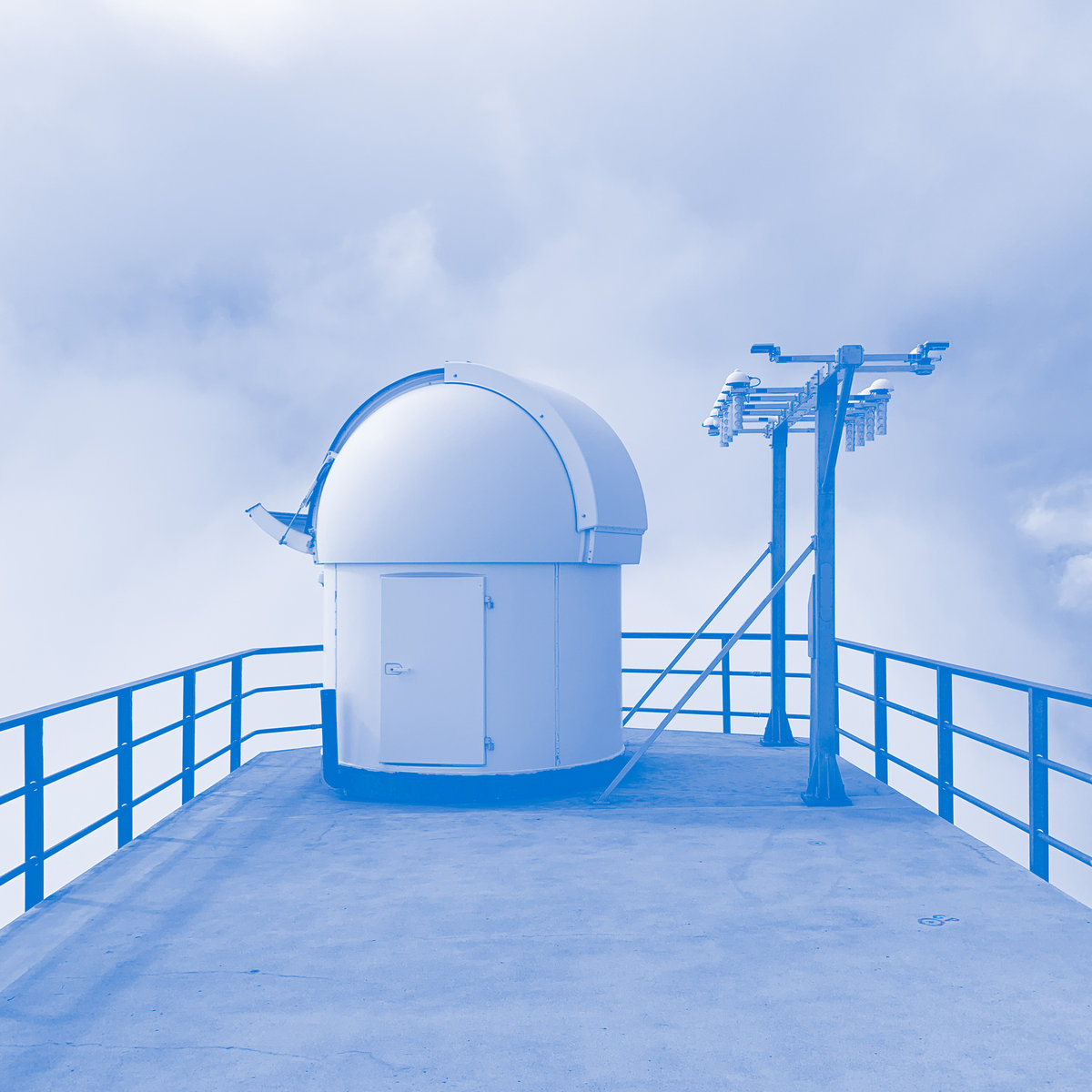Philip Samartzis bringt in den nächsten Tagen eine Arbeit heraus, die die Auswirkungen der Erderwärmung in hohen Gebirgslagen ästhetisch dokumentiert. Sie beinhaltet Aufnahmen von repräsentativen Geräuschen der Umgebung einer Forschungsstation am Schweitzer Jungfrauenjoch in den Berner Alpen zwischen den Kantonen Bern und Wallis und einem nahen Gletscher sowie eine Reihe an Fotografien und einen Essay. “Atmospheres and Disturbances” soll dem Publikum eine körperliche Erfahrung des alpinen Ökosystems ermöglichen. Das Projekt erscheint als CD und Buch bei Room40.
Atmospheres and Disturbances registers the changes in high altitude ecologies caused by increasing global temperatures. The composition is based on field work undertaken at the High-Altitude Research Station at Jungfraujoch, Switzerland where for four weeks I deployed various recording devices around the station, and in the surrounding alpine environment to register natural, anthropogenic and geophysical forces. The project provides new encounters of an endangered alpine environment to enhance the way we perceive and engage with notions of place, community, and environmental dissonance. During fieldwork I used different microphones to record a variety of acoustic, spatial, atmospheric, and vibration-based phenomena. Omnidirectional microphones registered wind, snow, and ice as well as social, material, and industrial sound emanating from the nearby train terminus and viewing platforms.  Hydrophones were placed within water and ice to record geophysical sound resonating within the frozen environment of Jungfraujoch and the adjacent glacier. The recordings capture the pervasive presence of anthropogenic sound permeating throughout the landscape produced by tourists, transport operations and recreational sports. Accelerometers were attached to various surfaces and structures to record solid vibration generated by high-velocity wind, and the process of melting and freezing. The recordings produced by the accelerometers clearly express the stress and fatigue occurring within the material structure of buildings and infrastructure”. (Philip Samartzis)
Hydrophones were placed within water and ice to record geophysical sound resonating within the frozen environment of Jungfraujoch and the adjacent glacier. The recordings capture the pervasive presence of anthropogenic sound permeating throughout the landscape produced by tourists, transport operations and recreational sports. Accelerometers were attached to various surfaces and structures to record solid vibration generated by high-velocity wind, and the process of melting and freezing. The recordings produced by the accelerometers clearly express the stress and fatigue occurring within the material structure of buildings and infrastructure”. (Philip Samartzis)
